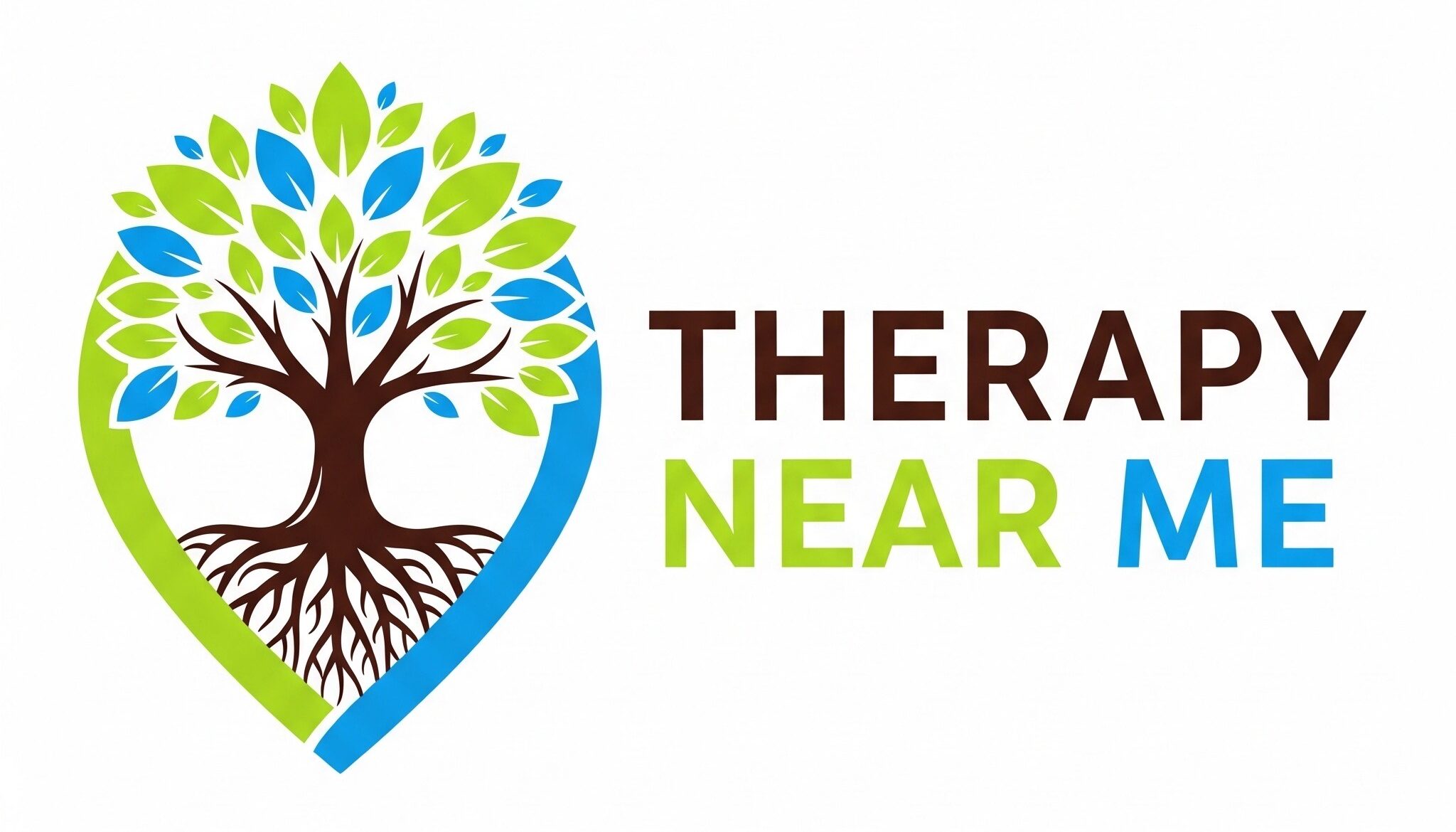Becoming a registered provider with the National Disability Insurance Scheme (NDIS) offers businesses and individuals the opportunity to deliver services to Australians with disabilities. Registration as an NDIS provider ensures that your services meet the necessary quality and safety standards, enabling you to offer support to NDIS participants. This article provides detailed instructions on how to become a registered NDIS provider, covering eligibility requirements, the application process, and compliance obligations.
Keywords: NDIS provider registration, how to become an NDIS provider, NDIS compliance, Australian disability services, NDIS registration process, NDIS provider application
Understanding the Role of an NDIS Provider
An NDIS provider is an individual or organisation that delivers supports or products to NDIS participants. These supports can range from therapeutic services, such as psychology or physiotherapy, to assistive technologies and personal care services. Providers must meet the NDIS Practice Standards, ensuring they deliver safe and high-quality services that promote the wellbeing and independence of participants (NDIS Quality and Safeguards Commission, 2021).
Step 1: Determine Your Eligibility
Before starting the registration process, it is essential to determine whether you are eligible to become an NDIS provider. Eligibility is based on several factors:
1. Business Structure
NDIS providers can operate as various business structures, including:
- Sole Trader: An individual operating as a single business entity.
- Partnership: A business run by two or more individuals or entities.
- Company: A registered business entity with an Australian Business Number (ABN).
- Non-Profit Organisation: An entity providing services without the intention of making a profit, often with a focus on community or charitable work.
2. Types of Services Offered
The type of services you wish to offer will influence your eligibility and the registration process. The NDIS classifies services into various categories, such as:
- Core Supports: Assistance with daily living, social and community participation.
- Capacity Building Supports: Services that help participants build skills, such as employment support or therapy.
- Capital Supports: Provision of assistive technologies, equipment, and home modifications.
It is crucial to identify which category or categories your services fall under, as this will affect the registration requirements (NDIS, 2021).
3. Compliance with Legal and Ethical Standards
To become an NDIS provider, you must comply with all relevant legal and ethical standards, including:
- NDIS Practice Standards: These standards cover a range of requirements, including participant rights, provider governance, service delivery, and provision of supports (NDIS Quality and Safeguards Commission, 2021).
- Australian Business Laws: Providers must operate in accordance with Australian business laws, including fair trading, workplace safety, and anti-discrimination legislation (Australian Competition and Consumer Commission, 2021).
Step 2: Prepare for Registration
Once you have determined your eligibility, the next step is to prepare for the registration process. This involves gathering necessary documentation, understanding the NDIS Practice Standards, and ensuring your business meets the required criteria.
1. Gather Necessary Documentation
To complete your registration, you will need to provide various documents, including:
- Proof of Identity: For individuals, this may include a driver’s licence, passport, or other government-issued ID. For companies, you will need your ABN and company registration details.
- Business Details: Information about your business structure, contact details, and location(s) where services will be provided.
- Policies and Procedures: Documentation that outlines your business’s policies and procedures, ensuring compliance with the NDIS Practice Standards. This may include policies on participant rights, complaints management, risk management, and incident reporting.
2. Understand the NDIS Practice Standards
Familiarise yourself with the NDIS Practice Standards, which outline the quality and safety expectations for providers. These standards cover:
- Rights and Responsibilities: Ensuring participants are treated with dignity and respect, and that their rights are upheld.
- Provider Governance and Operational Management: Requirements for managing your business, including governance structures, risk management, and financial practices.
- Provision of Supports: Standards related to how services are delivered, including the qualifications of staff and the quality of care provided.
- Feedback and Complaints: Procedures for managing participant feedback and complaints, ensuring continuous improvement (NDIS Quality and Safeguards Commission, 2021).
Step 3: Complete the Online Application
The NDIS provider registration process is completed online through the NDIS Commission’s Provider Portal. The process involves several key steps:
1. Create a PRODA Account
Before accessing the Provider Portal, you must create a Provider Digital Access (PRODA) account. PRODA is a secure online authentication system used by the Australian Government to verify the identity of individuals and businesses accessing government services.
- Sign Up: Visit the PRODA website and follow the instructions to create an account. You will need to provide identification documents and verify your identity.
- Link Your Business: Once your PRODA account is set up, you can link it to your business, allowing you to access the NDIS Provider Portal (NDIS Quality and Safeguards Commission, 2021).
2. Access the NDIS Provider Portal
After creating a PRODA account, log in to the NDIS Provider Portal. Here, you will be guided through the registration process, which includes:
- Business Information: Enter your business details, including your ABN, business structure, and contact information.
- Service Details: Specify the services you intend to provide and the regions where you will operate.
- Compliance Checks: Confirm that your business meets the NDIS Practice Standards and other relevant requirements.
3. Submit the Application and Pay the Fee
After completing the application form, submit your application through the portal. You will also need to pay the registration fee, which varies depending on the size and type of your business.
- Registration Fee: Fees are set by the NDIS Commission and are based on factors such as the size of your organisation and the services provided. For small businesses or sole traders, the fee may be lower compared to larger organisations (NDIS Quality and Safeguards Commission, 2021).
Step 4: Undergo an Audit
As part of the registration process, most providers must undergo a quality and safety audit to ensure they meet the NDIS Practice Standards. The audit process involves:
1. Choosing an Approved Auditor
Select an auditor from the NDIS Commission’s list of approved auditors. The auditor will review your policies, procedures, and practices to ensure compliance with the NDIS Practice Standards.
- Stage 1 Audit: The initial audit focuses on reviewing your documentation and ensuring that your business is prepared to provide services in line with the NDIS Practice Standards.
- Stage 2 Audit: This stage may involve an on-site visit where the auditor observes your service delivery and interviews staff and participants (NDIS Quality and Safeguards Commission, 2021).
2. Addressing Audit Findings
If the auditor identifies any areas where your business does not meet the NDIS Practice Standards, you will need to address these findings before your registration can be approved. This may involve updating policies, providing additional staff training, or making other improvements.
Step 5: Receive Your Registration and Begin Providing Services
Once you have successfully completed the audit and addressed any findings, the NDIS Commission will review your application. If approved, you will receive your registration certificate, allowing you to begin providing services to NDIS participants.
1. Ongoing Compliance
After registration, providers must continue to comply with the NDIS Practice Standards and other regulatory requirements. This includes undergoing regular audits, managing risks, and maintaining high-quality service delivery.
2. Reporting and Feedback
Registered providers are required to report certain incidents to the NDIS Commission and manage participant feedback and complaints effectively. This ensures continuous improvement and the safety of participants (NDIS Quality and Safeguards Commission, 2021).
Conclusion
Becoming a registered NDIS provider is a multi-step process that involves determining your eligibility, preparing documentation, completing an online application, undergoing an audit, and maintaining compliance with NDIS Practice Standards. By following these steps, you can successfully register as an NDIS provider and contribute to improving the lives of Australians with disabilities. The NDIS provider registration process is designed to ensure that services are delivered safely, ethically, and to a high standard, benefiting both providers and participants.
References
- Australian Competition and Consumer Commission. (2021). Business rights and protections. Retrieved from https://www.accc.gov.au/business/business-rights-protections
- National Disability Insurance Scheme (NDIS). (2021). How to register as an NDIS provider. Retrieved from https://www.ndis.gov.au/providers/becoming-ndis-provider/how-register-ndis-provider
- NDIS Quality and Safeguards Commission. (2021). NDIS Practice Standards and Quality Indicators. Retrieved from https://www.ndiscommission.gov.au/providers/ndis-practice-standards
How to get in touch
If you or your NDIS participant need immediate mental healthcare assistance, feel free to get in contact with us on 1800 NEAR ME – admin@therapynearme.com.au.
Discover more from Therapy Near Me
Subscribe to get the latest posts sent to your email.






